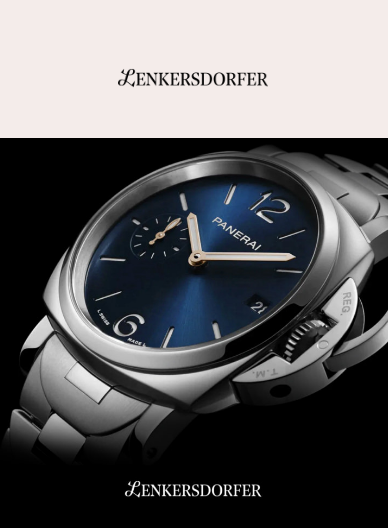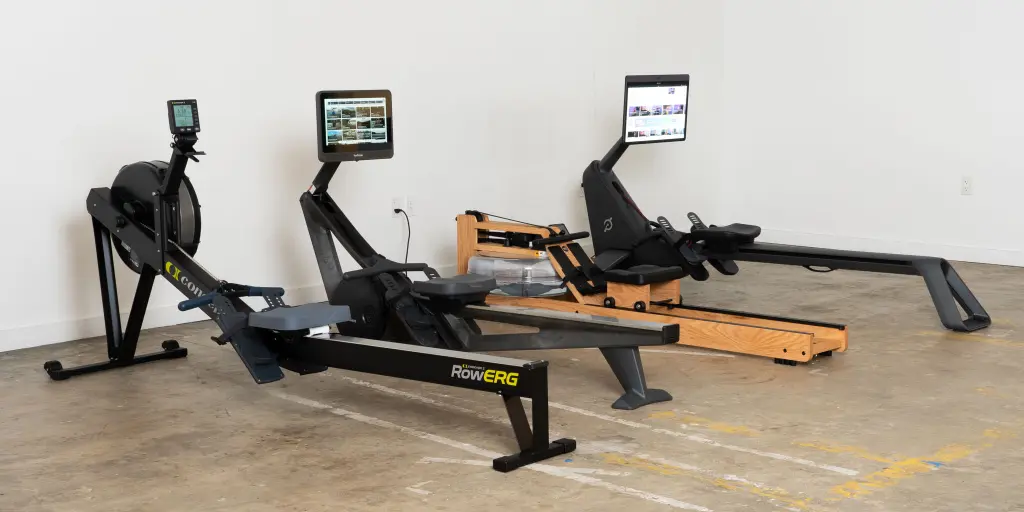
Exercising on a rowing machine (also known as an ergometer or an “erg”) is not a particularly gentle or merry experience, but its full-body benefits are hard to top.
Indoor rowing builds cardiovascular endurance, aerobic capacity, anaerobic capacity, and strength, according to online rowing coach Neil Bergenroth, who has 36 years of experience as a rower.
After testing eight rowing machines, including air-resistance flywheel rowers, water rowers, and connected models that offer streaming workouts, we’re confident that the Concept2 RowErg is the best rowing machine. For a quieter experience, the WaterRower Oak Rowing Machine With S4 Monitor is the better choice.
And if you are motivated by interactive programming, the Hydrow Wave Rower and Peloton Row are both worth considering, though overall the Wave Rower offers the better value.
The Concept2 RowErg is seemingly everywhere—populating boathouses, gyms, and homes—for a reason. From the steel-chain tension to the loud whirring of the spinning flywheel, it creates the complete experience—there’s not a moment on the Concept2 RowErg when you don’t truly feel like you’re getting a workout. The foot adjustments are secure and easy to alter, and the seat feels solid, not slippery. This model is the noisiest rower we tested, but it’s also the sturdiest. Replacement parts, should you ever need them, are readily available.
The WaterRower Oak Rowing Machine With S4 Monitor is a showpiece of home exercise equipment, but it still provides a solid workout. It’s particularly pleasing for people who haven’t rowed before, as it’s easy to store (with enough space) and doesn’t make the grinding noise of our top pick—it emits only the pleasant rhythms of water whirring. Compared with using our top pick, though, rowing on this machine is less like rowing on water.
How we picked and tested
I spent about 12 hours reading owner reviews, speaking to rowing machine manufacturers at trade shows, and interviewing rowing coaches to learn about the rowing machine category.
You can find three main types of rowing machines: air-based flywheel rowers, magnetic-resistance rowers, electromagnetic resistance rowers, and water rowers.
Amanda Kraus, chief executive officer of USRowing, the national governing body of the sport, explained that air-based rowers use a flywheel that spins against air, creating variable resistance that increases the harder you row. “This mechanism closely mimics the feel of rowing on water, providing a smooth and natural rowing motion,” Kraus said. “However, the airflow through the flywheel makes these rowers louder, which may not be suitable for all environments.”
Magnetic rowers create resistance through adjustable magnets positioned near a flywheel, offering a smooth but more constant resistance that doesn’t change dynamically with effort. “These rowers are noticeably quiet, making them ideal for home use, and often feature customizable resistance settings,” Kraus said. “Despite their quiet operation, the rowing experience can feel less dynamic compared to air or water rowers,” the latter of which use paddles moving through water to create fluid, natural resistance that increases with the intensity of your stroke. Electromagnetic rowers operate similarly, although with electromagnets instead of fixed magnets, which allow for finer tuning of resistance levels.
Water rowers require more maintenance—you need to keep track of the water in the tank, adding purification tablets every few months or changing out the water if you notice signs of algae or bacteria—and are typically larger and heavier than other rower types.
After selecting eight highly rated machines to test by considering the price, specs, and warranty coverage, I completed at least five workouts (ranging from 10 to 45 minutes) on each of the rowers. Twenty-five testers from across Wirecutter, The New York Times, and our paid tester panel also rowed on the machines for various lengths of time. The testers included people who had never rowed before, as well as athletes who rowed competitively at high school and college levels.
In addition to rating each machine’s overall performance, I asked testers to take note of its digital monitor (or LCD screen) and the ease of changing its resistance levels, as well as its noise levels, the security of the foot holsters, and the seat comfort.
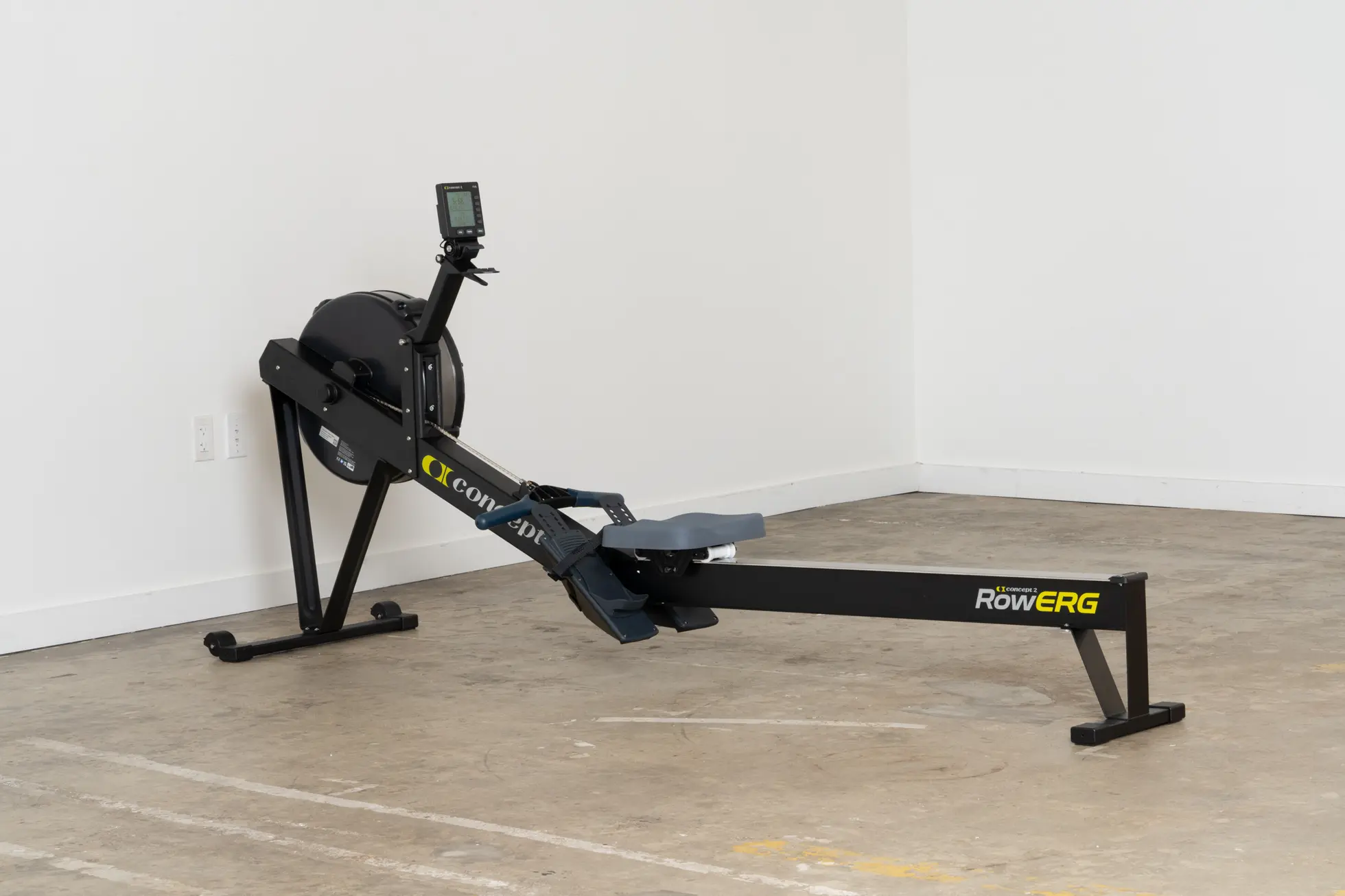
Throughout our research, one brand name continually came up: Concept2. Created by Peter and Dick Dreissigacker in 1976, the Concept2 RowErg has held a reputation for many years as the standard training tool for competitive rowers, and indeed we found that it provided the best workout experience of all the rowing machines we tested.
Some rowing machines tout virtual programming, with big screens that can simulate the feel of early morning rows on placid rivers. The Concept2 RowErg, on the other hand, is like a midnight techno rave in a dark, underground bunker—focused purely on energy, sweat, and grit. It is loud and not as sleek as other rowers, but some testers said that the noise of its spinning flywheel and its no-frills setup helped them quickly get into a rhythm and focus solely on their workout.
One of our testers who rowed competitively in high school and still trains on a Concept2 RowErg perhaps said it best: “The Concept2 is a hell machine, but it’s the hell machine.”
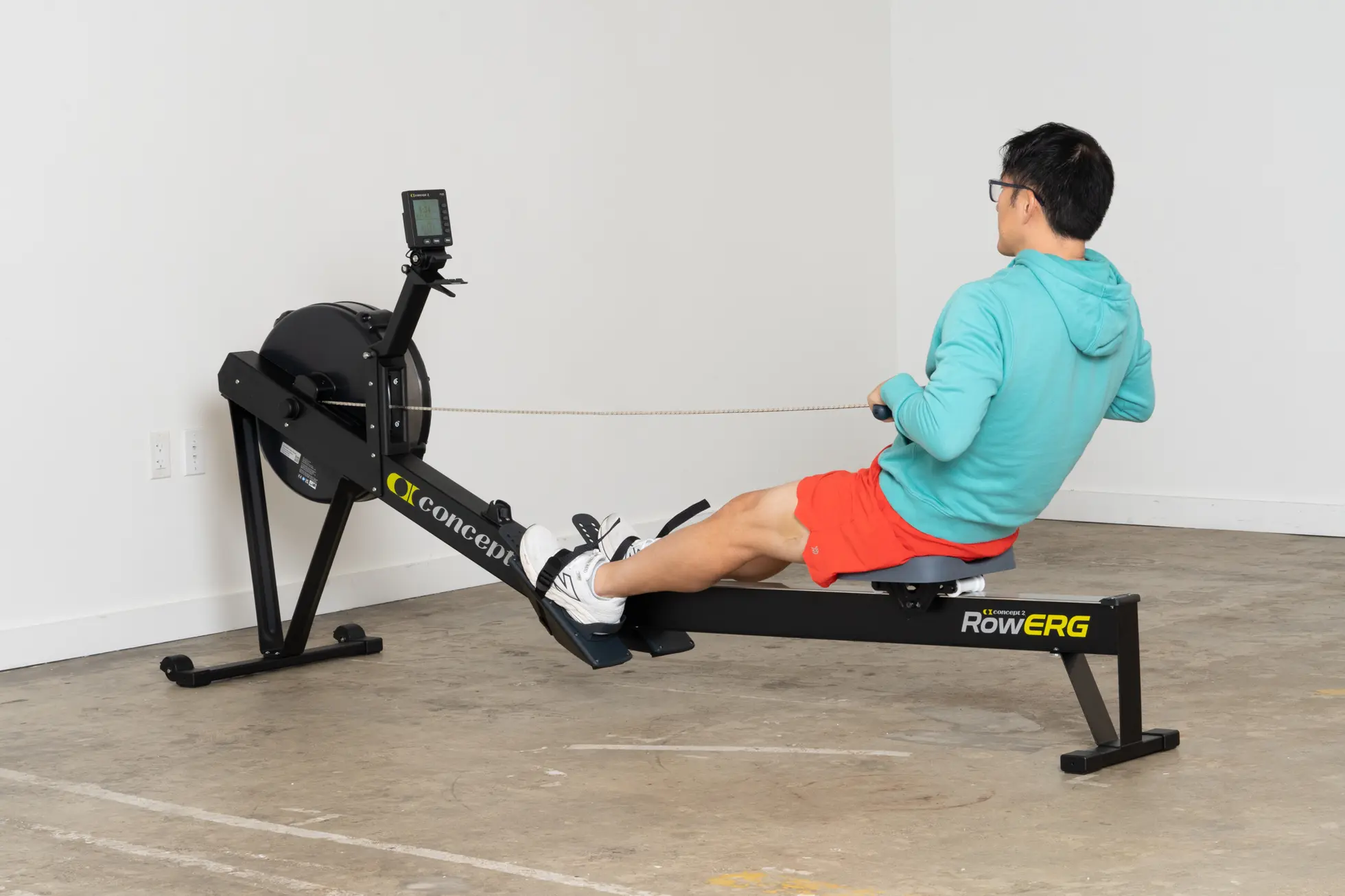
It can accommodate a range of sizes. The seat of the Concept2 RowErg slides back far enough on the 54-inch rail to accommodate taller rowers (some of our taller testers felt more cramped on smaller machines), and the foot holsters securely keep feet both big and small in place (also something that taller rowers found was rarely true on other machines). The handle rest, located just above the foot holsters, is at an ideal location to stop and start a workout.
Concept2 states that according to various tests, the RowErg can hold up to 500 pounds. “I really like the orientation of this machine,” a 5-foot-10 tester said. “I didn’t need to overreach for anything. The screen was at an appropriate and comfortable height. I honestly felt like I just jumped into the seat and was off and rowing very quickly.”
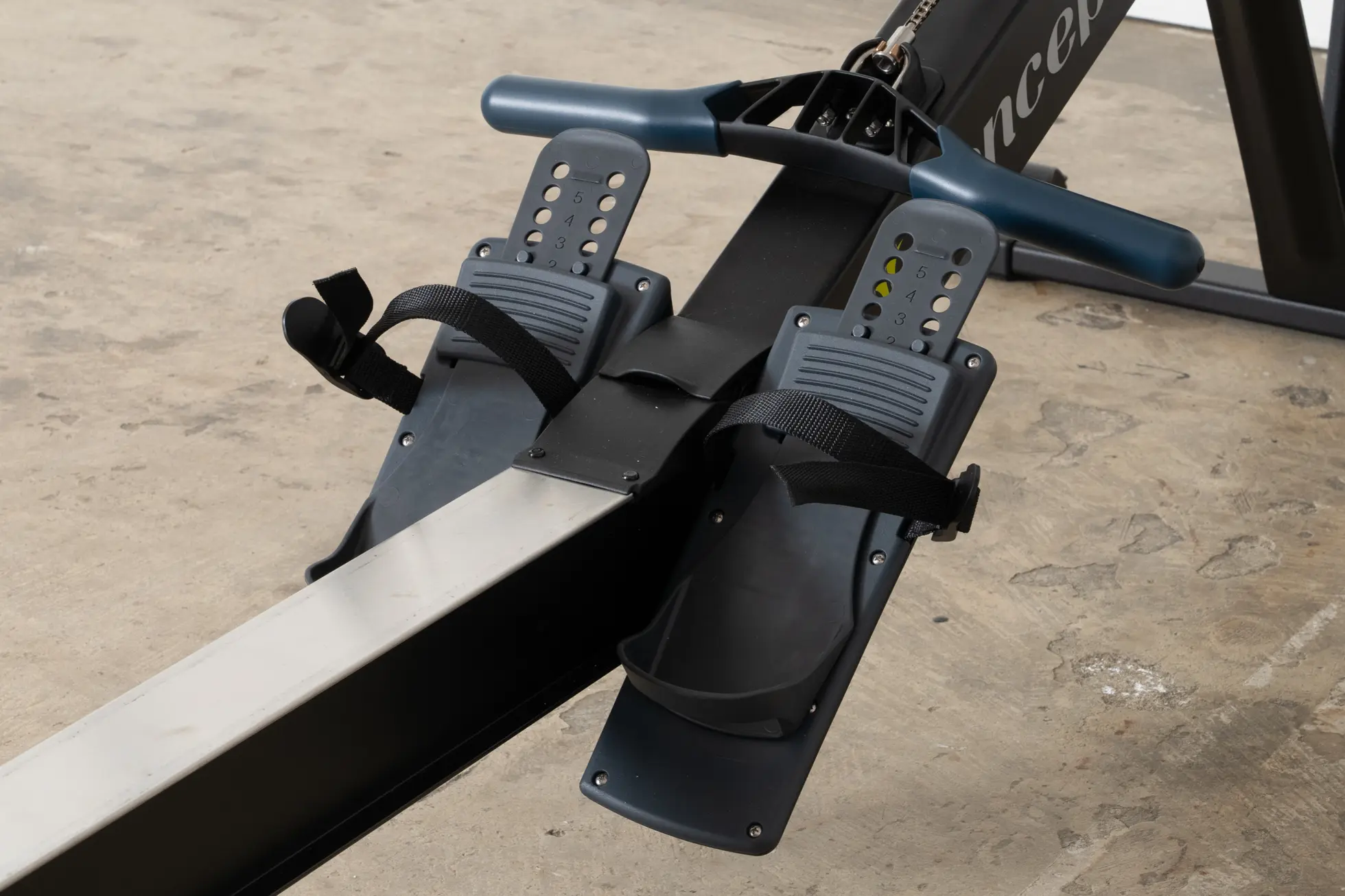
The monitor is small but gives you all the data you need. The RowErg is equipped with a barebones, black-and-white 12-by-12-inch screen. You can immediately start exercising with the Just Row option or try a preprogrammed workout. Once you start rowing, you can keep the screen on basic metrics such as time, 500-meter splits, and strokes per minute, or you can cycle through the display to emphasize certain metrics in a bigger font. “I’m a newbie rower, but the screen and metrics were immediately extremely clear,” one tester said. And rowing experts we consulted unanimously agreed that the RowErg’s metrics were reliably accurate.
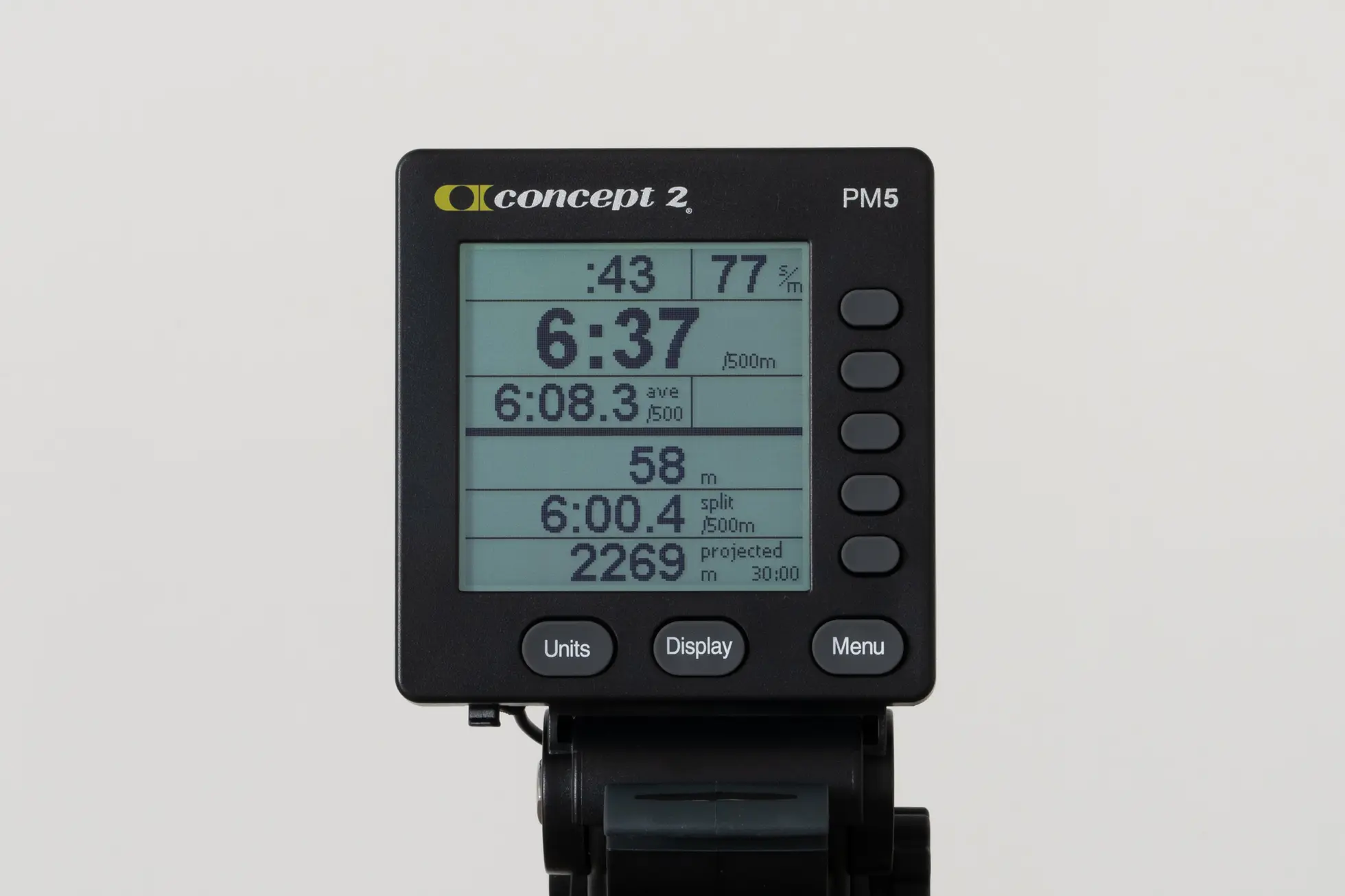
The machine’s design seems to give you haptic feedback. The RowErg has 10 resistance levels. Unlike with some of the other rowers we tested, when you raise the resistance on this machine, you can feel the difference in your strokes. Whereas other rowers make for a quieter workout, the RowErg’s nickel-plated steel chain and spinning flywheel, although loud, create a feel that’s much more akin to the effort of swinging oars on the open water. “That smooth whirring noise was almost like a rhythmic endorsement and reminder of my own power and output,” one tester observed.
The RowErg has a two-year warranty on moving parts and the monitor and five years of coverage for the frame. The company’s website offers tips for maintenance, such as how to clean the rower and how often to inspect parts. Replacement parts, from monitors to seats, are available.
You have to stop to change resistances mid-workout. The switch to change the resistance levels (from 1 to 10) resides on the outside of the flywheel, so unless you have the wingspan of an NBA center, you likely won’t be able to alter it without stopping and getting off the machine. Depending on your size, you may also have to stop a workout to change settings on the display.
It is louder than most rowers. Although a majority of our testers didn’t mind the sound of the flywheel, the RowErg is noticeably louder than the other machines we tested. If you want to have a fan nearby as you exercise, that would only add to the noise level. During our tests, though, when we wore earbuds while working out, it mostly blocked the noise from the rower.






